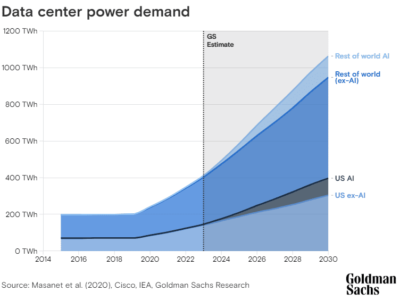
Smart home healthcare to experience double digit growth
According to the World Population Ageing 2019 report from the United Nations, the number of people in the age group of 65 and above was 703 million in 2019, and it will increase to 1.5 billion by 2030. This is expected drive the global smart home healthcare market from $8.7 billion in 2019 to a massive $96.2 billion in 2030, at a CAGR of 26.2% between 2020 and 2030, according to P&S Intelligence.
Elderly people are demanding an array of smart technologies that can help them live independently and with dignity in their home. In particular, the increasing demand for internet of things (IoT)-connected patient monitoring equipment and fall detection and prevention equipment is helping the smart home healthcare market advance around the world. As elderly people easily fall prey to cancer, diabetes, and other chronic diseases, the need for extensive medical care, even at homes, is rising.
However, lockdown measures taken to control the spread of the COVID-19 infection have temporarily harmed the smart home healthcare market. This has led to a stoppage in the supply of raw materials and components, which has, in turn, led to slow or no manufacturing of equipment.
Further, the increasing demand for mHealth services is another of the major drivers impacting the growth of the smart home healthcare market. mHealth is the practice of delivering healthcare services with the help of mobile devices, such as cell phones, laptops, tablets, and personal digital assistants (PDAs). For instance, most of the recent smartphones, such as Honor Play 4 Pro and Lava Pulse, have been launched with health parameter sensors.
See also: Smartphone-based air quality measurement gets personal
In the past, the health status monitoring category held the largest share in the smart home healthcare market, under the application segment. Owing to the increasing awareness about personal fitness and health, people are looking to rapidly procure devices that help them track the number of steps walked, heart rate, calories burned, and other parameters, thus allowing them to take appropriate actions to maintain their fitness levels.
The most productive region in the smart home healthcare market currently is North America. The presence of major original equipment manufacturers (OEM) and high purchasing power are leading to the rising sale of smart home healthcare appliances in the region.
Report: “Smart Home Healthcare Market Research”
See also: Zigbee Alliance targets IoT with new Europe Interest Group
See also: AI company offers affordable remote care using Wi-Fi
 If you enjoyed this article, you will like the following ones: don't miss them by subscribing to :
eeNews on Google News
If you enjoyed this article, you will like the following ones: don't miss them by subscribing to :
eeNews on Google News




